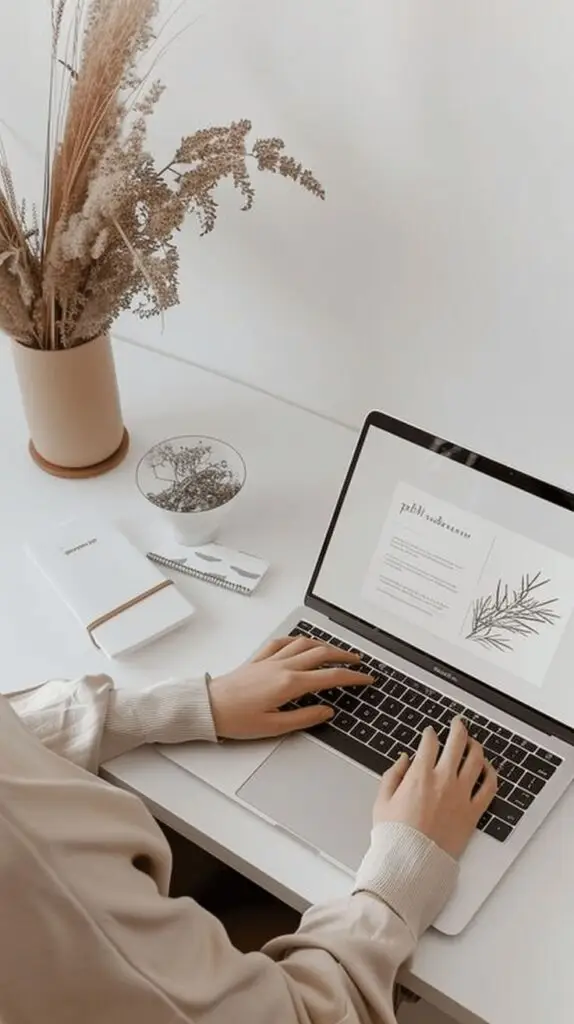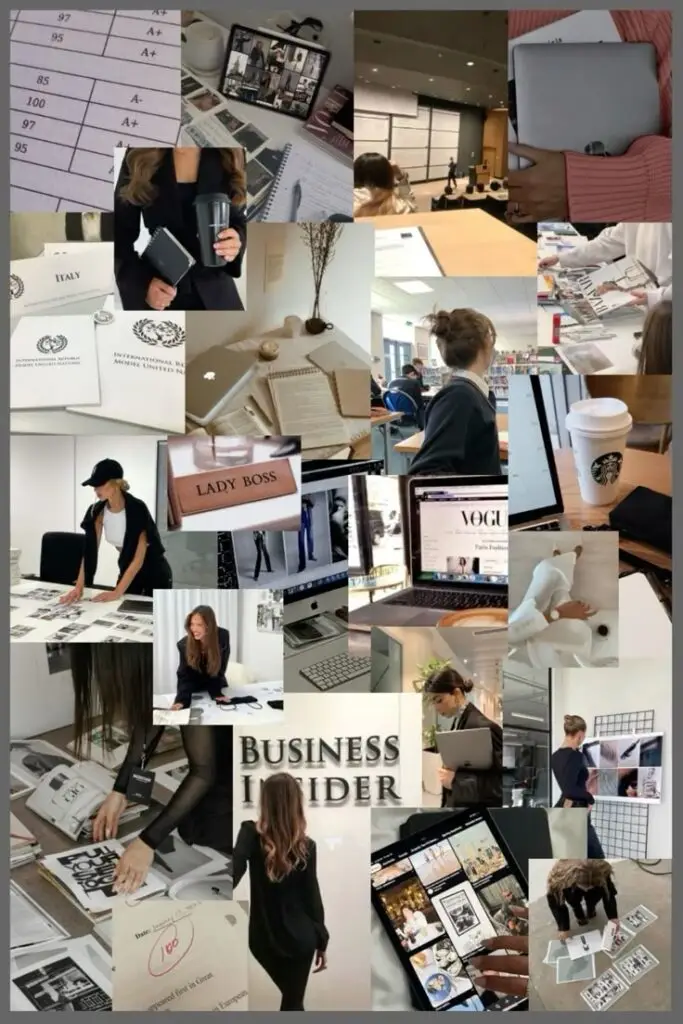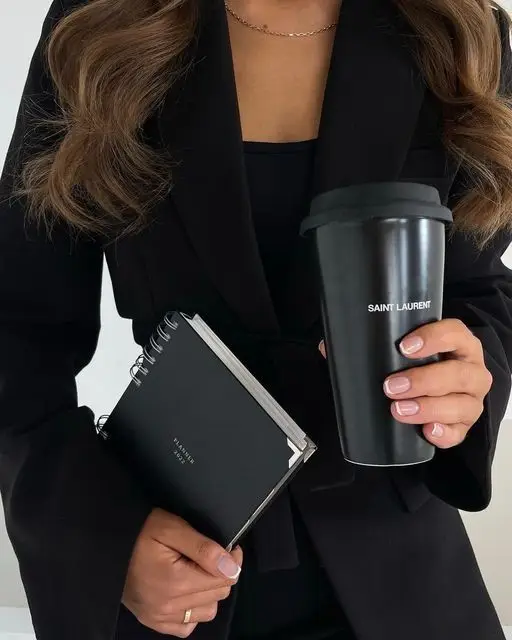Finding the right images for your website can significantly enhance its visual appeal and user engagement. Many reputable platforms offer high-quality images that can elevate your site’s design while aligning with your brand’s identity. By understanding where to look and how to utilize various resources, you can ensure that your content is visually compelling and professional.
From stock image websites to open-source platforms, the options for sourcing images are diverse. You can discover everything from photographs to illustrations that suit your needs perfectly. Additionally, leveraging tools that help streamline this process can save you time and effort in acquiring the best visuals for your site.
With the right strategy, you can maximize the impact of your content through effective image sourcing. Enhancing your website with high-quality visuals not only attracts visitors but also keeps them engaged longer.


Key Takeaways
- Explore diverse platforms for high-quality images to enhance your website.
- Utilize various types of visual content to match your brand’s design.
- Optimize your image sourcing process with effective tools and services.
Identifying Quality Image Resources
Finding high-quality images for your site involves discerning between various resources. You can choose from free or premium stock images, explore popular image platforms, and understand how to use public domain and Creative Commons images effectively. Consider your usage needs and budget as you evaluate these options.
Free vs. Premium Stock Images
When selecting images, decide whether free or premium stock images best suit your project. Free stock images, available on platforms like Unsplash, Pexels, and Pixabay, can be excellent for various projects, especially if you’re on a tight budget.
These websites offer royalty-free images, which means you can use them without ongoing fees. However, the selection may be limited, and competition for popular images can lead to a lack of uniqueness.
Premium stock images from sites like Shutterstock provide higher-quality visuals, a more extensive library, and often unique content. With these, you usually pay a fee for each image or a subscription for access, which can also cover commercial use. Weigh the quality and investment against your project’s specific needs.
Exploring Popular Image Platforms
Navigating popular image platforms can streamline your search for quality images. Sites like Shutterstock, Burst by Shopify, Lenso.ai and StockSnap.io offer vast collections with advanced search features.
You can filter your searches by attributes like orientation, color, and style, allowing for more precise results. Finding unique images that align with your brand’s vision can set your site apart.
Additionally, consider using visual search engines, enabling you to search using images instead of keywords. This approach can reveal related visuals that might otherwise go unnoticed, enhancing your content appeal.
Public Domain and Creative Commons
Understanding public domain and Creative Commons images broadens your resource toolkit. Public domain images are free for any use, requiring no attribution and often found in government databases and archives.
Creative Commons images, on the other hand, come with specific licenses. Creative Commons Zero (CC0) allows for free use without attribution, while others might require credits. Always check the license type before using an image.
Resources like Flickr feature various licensing options, where you can filter results based on your needs. Familiarity with these terms helps ensure you use images legally and ethically.


Optimizing Image Sourcing for Websites
Finding high-quality images for your site involves understanding image quality, licensing, and the proper integration of images into your marketing materials. Each of these factors contributes significantly to a website’s visual appeal and functionality.
The Role of Image Quality in Web Design
Image quality is crucial for effective website design. High-resolution photos enhance the user experience by providing clear visuals. Blurry or pixelated images detract from your site’s credibility and professionalism.
When selecting images, consider the following:
- Resolution: Choose images with at least 300 DPI for print and 72 DPI for web.
- Format: Use formats like JPEG for photos and PNG for graphics with transparency.
- Compression: Optimize image size without losing quality to improve load times.
Paying attention to these aspects ensures your images support your site’s aesthetic and functional needs.
Understanding Image Licensing
Knowing image licensing is essential to avoid copyright issues. Different licenses dictate how you can use images, whether for personal use, commercial projects, or marketing materials.
- Creative Commons Zero License: Allows you to use images freely for any purpose, even commercially.
- Content Licenses: Usually require attribution or restrict usage to non-commercial sites.
Always read the licensing terms. Using licensed images incorrectly can lead to legal consequences, damaging your small business’s reputation.
Integrating Images into Marketing Materials
Proper integration of images into your marketing materials can enhance engagement. Quality visuals attract attention and can convey messages more effectively than text alone.
When designing marketing collateral, keep these points in mind:
- Relevance: Ensure images align with your brand message and the target audience.
- Consistent Style: Use a cohesive color scheme and image style to reinforce your brand identity.
- Image Placement: Strategically place images to guide the viewer’s eye and emphasize key content.
Implementing these strategies can elevate your graphic design efforts and improve your marketing outcomes significantly.


Utilizing Various Types of Visual Content
Incorporating diverse visual content enhances your site’s appeal. Combining various image formats and including videos can significantly improve engagement and convey your message more effectively.
Embracing a Variety of Image Formats
Using a range of image types can elevate your website’s aesthetic and functional quality. Stock photos provide professional-grade visuals for various themes. Websites like Shutterstock and Adobe Stock offer vast photo collections that cater to many needs.
Mockups can give a real-world view of products in minimalist settings, making them ideal for showcasing designs. Additionally, utilizing vectors and illustrations brings unique graphics that can complement text and branding.
Don’t overlook the importance of using high-quality photography. Authentic images resonate with viewers and bring credibility to your site. By mixing these formats strategically, your content remains engaging and visually appealing.
Expanding Beyond Images: The Power of Videos
Incorporating videos on your site can exponentially increase user engagement. Free videos, available on platforms like Pexels and Pixabay, allow you to present information dynamically. These resources can enhance storytelling and convey complex ideas succinctly.
Videos can serve various purposes—tutorials, product showcases, or customer testimonials. They boost retention and drive visitors to spend more time on your site. Be sure to optimize them for speed and compatibility to ensure a seamless user experience.
Remember, the right balance of imagery and video caters to different learning styles and preferences. This approach maximizes the impact of your visual content strategy.


Leveraging Tools and Services for Image Acquisition
Accessing high-quality images is essential for enhancing your website’s visual appeal. Various innovative platforms provide diverse image choices to meet your specific needs.
Innovative Platforms for Image Discovery
Several platforms offer unique image collections, making it easier for you to find the perfect visuals. For instance, Burst and Picjumbo specialize in free stock photos suitable for commercial use. Freepik and FreeImages pool extensive image libraries, including illustrations and vectors.
Kaboompics is another option, known for its vibrant lifestyle images. If you’re looking for photos with a vintage feel, check out New Old Stock or Vintage Photos. Both sources focus on public domain images, allowing you to source historical visuals effortlessly.
For alternatives, consider Skitterphoto and Splitshire, providing a mix of modern and casual photography styles. Each platform has a distinct focus, so you’ll find a variety of images that align with your vision.
Curating Unique Visual Experiences
Creating a unique aesthetic involves selecting images that resonate with your brand. Tools like Canva simplify the design process, letting you customize visuals seamlessly. With an extensive library of photos and graphic elements, you can enhance your creative options.
Reshot and ISO Republic feature curated collections that emphasize authenticity. These platforms focus on providing images that feel real and relatable, appealing to modern audiences.
For stunning, offbeat visuals, explore Gratisography and Pikwizard. They offer quirky images that stand out, making them ideal for blogs or social media. Don’t overlook Negative Space and Same Energy, where you can find contemporary shots that add a fresh touch to your site.
By leveraging these tools, you can access a wide range of high-quality images that enhance your site’s overall aesthetic.
- 296shares
- Facebook0
- Pinterest296
- Twitter0


